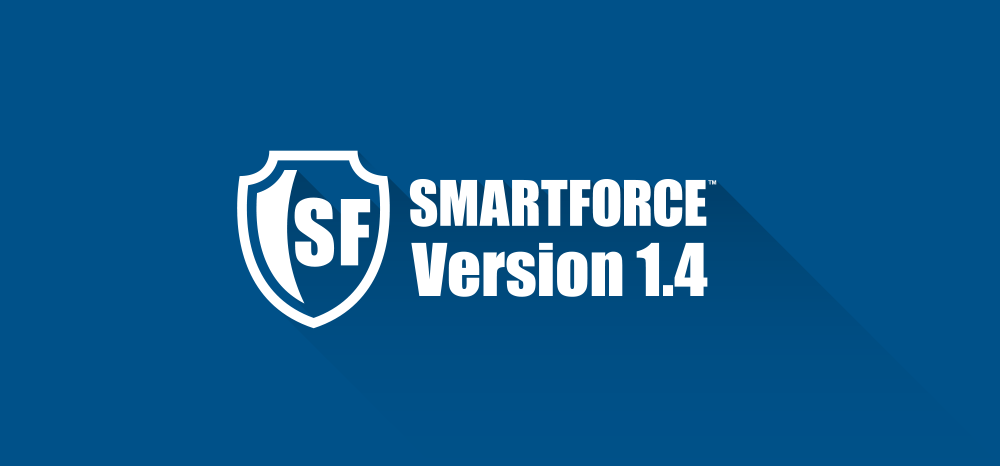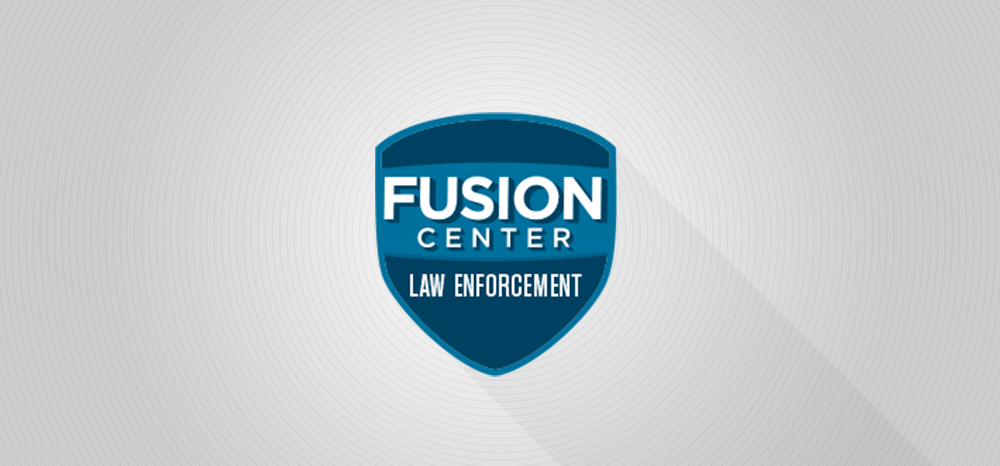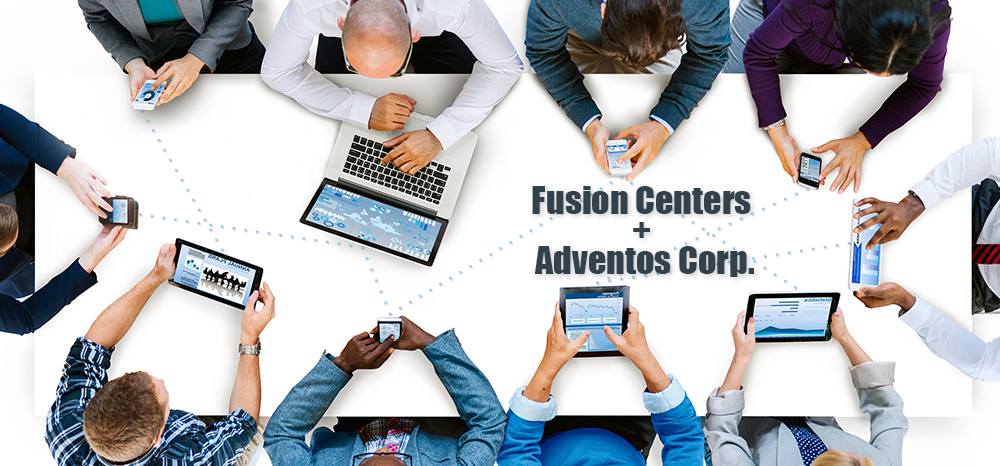 It’s no secret that happy employees are productive employees – this is true in all avenues of life, regardless of the industry you’re talking about. According to a report published on the Huffington Post, 88% of workers in the United States admitted they just don’t have passion for their work. More than that, this type of employee disengagement spawned in large part due to low morale, costs the United States economy an estimated $500 billion per year.
It’s no secret that happy employees are productive employees – this is true in all avenues of life, regardless of the industry you’re talking about. According to a report published on the Huffington Post, 88% of workers in the United States admitted they just don’t have passion for their work. More than that, this type of employee disengagement spawned in large part due to low morale, costs the United States economy an estimated $500 billion per year.
What does this have to do with law enforcement, you ask? Everything, as the same report indicated that employees working in government, which law enforcement is a part of, had the lowest rate of engagement out of any reported industry.
So how do you tackle the root cause of such a big problem? Thankfully, the solution is quite straightforward: start recognizing the hard work that your employees do on a daily basis.
In another survey that was conducted in association with HBR.org, 82% of employed Americans revealed that they just don’t feel their immediate supervisors recognize them enough for their contributions. Along the same lines, 40% of respondents said they’d be more willing to put extra energy into their work if they were recognized more often.
With these numbers, the answer to your morale issues becomes clear. When an officer or civilian staff member does something truly special, when they go above and beyond the call of duty and make an appreciable contribution to keeping our communities safer on a daily basis, don’t just tell them. Tell everyone.
But recognizing your people doesn’t just take the form of an occasional pat on the back. According to HBR, there are a number of clear steps you should be taking on a regular basis to help boost morale through employee recognition:
- Celebrate the little victories. Going out of your way to publicly recognize and reward smaller wins is a great way to keep everyone motivated over a long period of time, which itself feeds into those big milestones that your law enforcement agency will thrive on.
- Make it as personal as possible. Did you know that over 75% of people say that they save handwritten “thank you” notes, especially when they receive them from their employers? You don’t have to celebrate every employee accomplishment with a massive party – sometimes a simple note will more than suffice.
- You have to want it. When you begin making an effort to recognize employees more, don’t just do it because you feel you have to. Do it because you WANT to. Not only will it help your recognition be more genuine, but it also means a whole lot more to the person receiving recognition.
Law enforcement has some of the most hardworking men and women on the face of our planet. If you really want to make sure that low morale is NOT something you have to worry about, making an effort to recognize and celebrate a job well done is a great way to accomplish exactly that!









